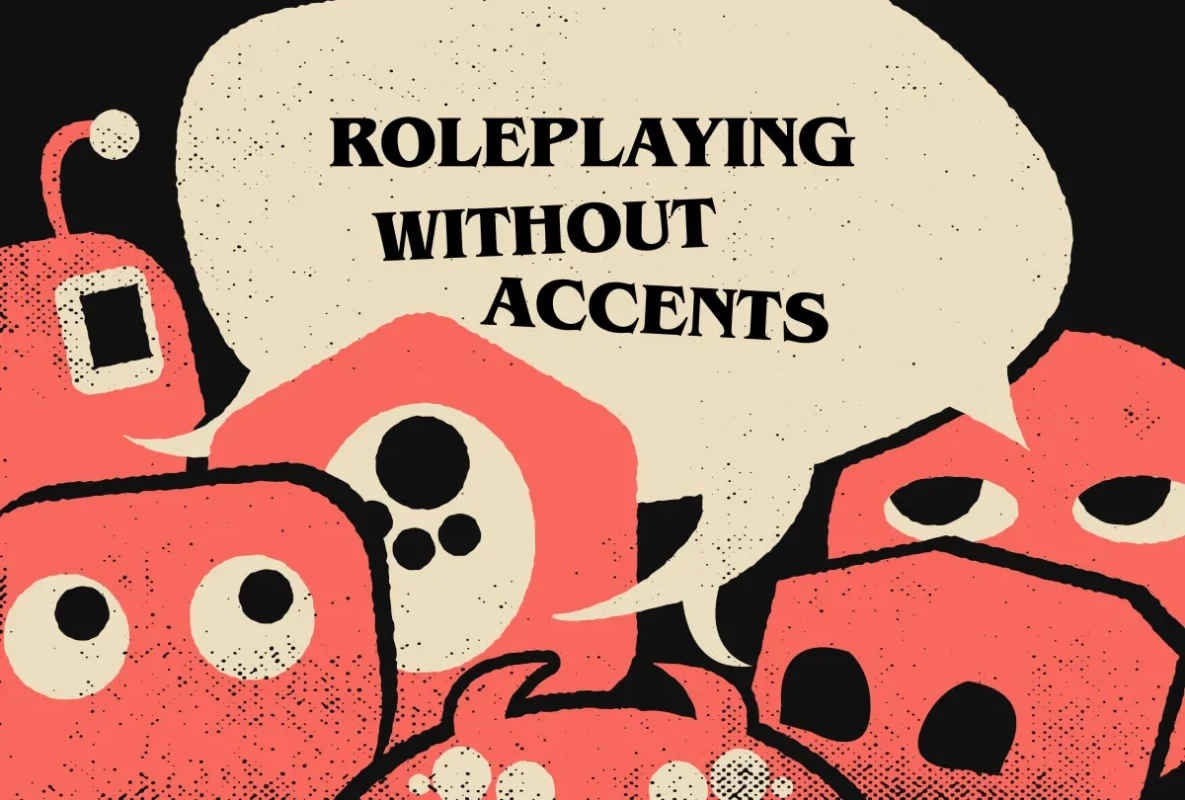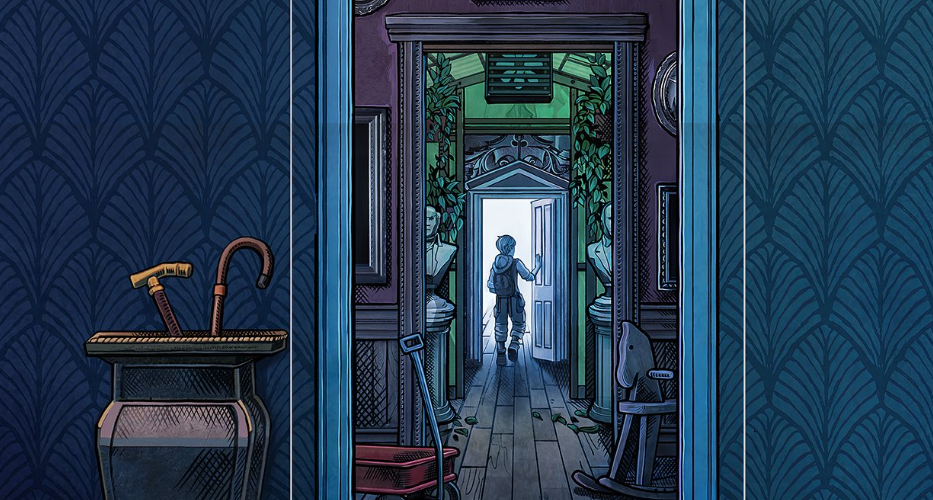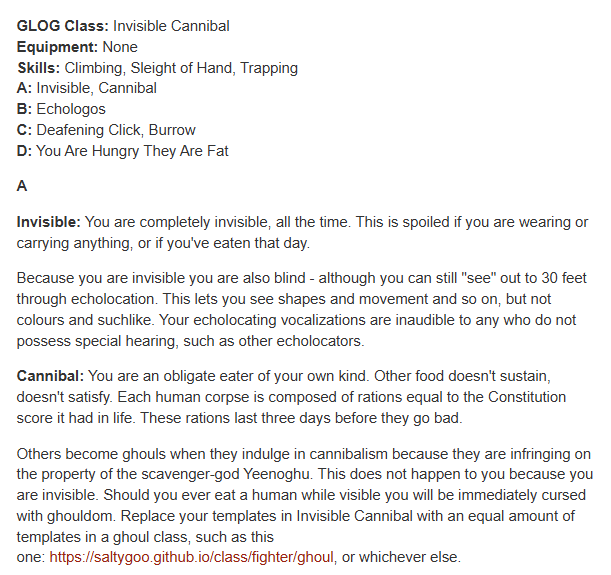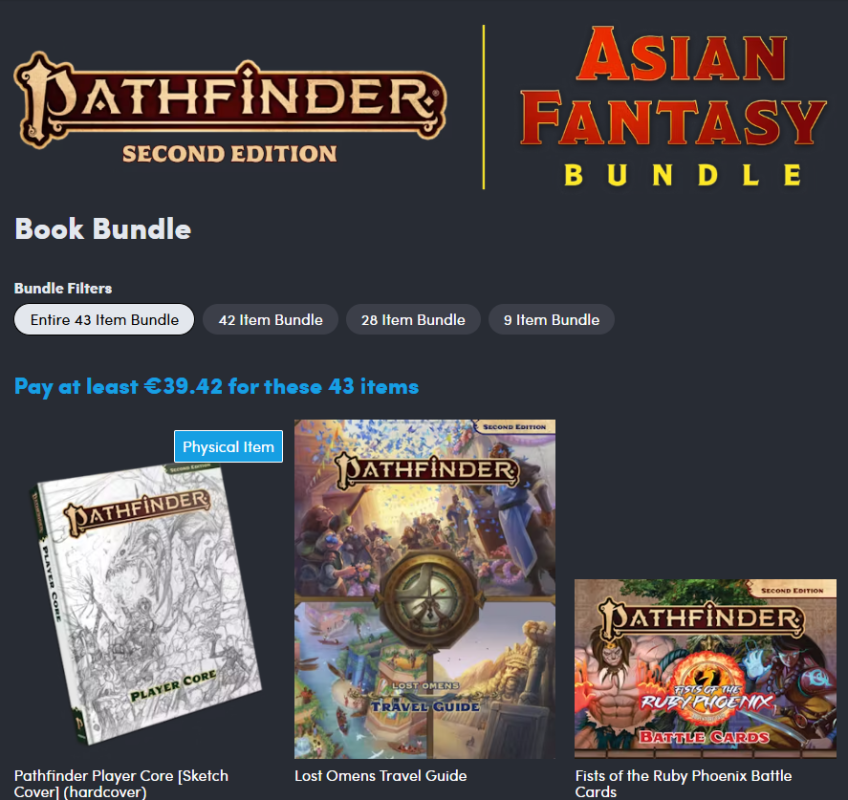SMOOSH JUICE
Zipangu
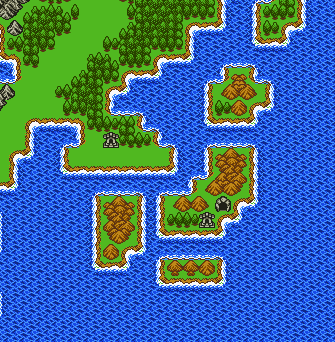
The various regions and kingdoms of Dragon Quest III’s overworld take varying degrees of inspiration from their real-world counterparts. Lancel, for instance, might look like Australia on the map, but has absolutely no allusions to Australian history or culture. On the flip side, the Kingdom of Zipangu is particularly blatant about wearing its inspiration on its sleeve.
Zipangu is quite clearly based on Japan – if you didn’t guess that from the name, or the fact that it’s located on a chain of islands off the coast of the Asian-equivalent land mass, it’s one of the few areas that has its own graphical assets not found anywhere else in the game, complete with a prominent torii gate in the center of the capital. Furthermore, it’s an isolationist power with little contact with the outside world, as Japan famously was during the medieval era. There are no inns in town, and a foreign priest mentions trying to introduce his faith to the populace, indicating that they practice a different religion from that of the rest of Erdland. We don’t get many specifics about this, but the kingdom does practice one particular ritual that the quest here centers around.
Zipangu’s queen, Himiko, has ordered that one the kingdom’s women be periodically sacrificed to appease a dragon known as the Orochi that dwells nearby. The twist, of course, is that Himiko is the Orochi in human form, using her status as queen to manipulate the people into following her orders, and the threat of devastation from the Orochi to bring them into line.
If you’re as into history and mythology as I am, you’ve probably caught a couple of references immediately. Himiko was, of course, an early queen of what is now Japan, and the Orochi is an eight-headed dragon that plays into one of Japan’s most celebrated myths – complete with demanding tribute in the form of maidens to devour. DQ3 is far from the only game to reference either of these figures. But they do raise some interesting worldbuilding questions for chronic overanalyzers like me.
Most people, upon seeing a region in a fantasy setting taking cues from Japanese history, will immediately envision something like Legend of the Five Rings – the first thing that comes to mind is the feudal era of Japan’s Warring States period. I can admit that there are a number of factors that make this era well-suited for gaming. I’ve spoken on the storytelling potential of feudal politics before, and the number of competing factions of the era would create plenty of opportunities for players to get involved with one or the other, making allegiances and enemies, and potentially carving out their own domains. That’s all fair and good, and if you like it, I can’t fault you.
But I am going to be honest. I am utterly sick of samurai.
When was the last time you saw an Asian-inspired fantasy setting that wasn’t specifically based on Japan? Well, I guess Yoon-Suin kicked off a trend of Southeast Asian fantasy settings, but aside from that. If you’re lucky, you might get something based on China, but even then it tends to have samurai, ninjas, and yokai in it anyway. If Korean, or Mongolian, or Tibetan, or Siberian, or Indian, or Persian, or Turkic, or what have you history is more your thing, well, you’re just out of luck. The fact is, Asia is a tremendously vast continent, with hundreds of fascinating cultures, some of which have rich histories going back literal millennia, and that stuff is woefully unexplored when it comes to inspiration. Sure, I like Kurosawa movies as much as anyone, but when every setting plays on the same old tropes, it starts to get tiresome.
Even looking at Japan itself, the country has plenty of interesting history outside of the Sengoku era. And that’s particularly notable here, because the Orochi myth was first recorded in the eighth century, while Himiko reigned during the third century AD – both long before the time of samurai. Centering Zipangu somewhere in these eras would create a setting with a very different look and feel from what most people are used to.
If you lean on the earlier side of things, you could have something like the Yayoi Period, with shaman-kings asserting divine right, nobles decorating themselves with intricate tattoos, and the use of bronze bells and mirrors in rituals. If you expand the time frame a little further, you could even get Kofun-era burial mounds, which give you a ready excuse to have dungeons to loot – and angry spirits to invoke curses on you for disturbing their tombs. You don’t even have to leave behind powerful regional rulers with a weak central government, as much of society was structured around localized clans at this time, just without a corresponding tradition of an honor-bound warrior caste.
Alternatively, you could look at what Japan looked like just before the feudal era was in full swing, with the Heian Period. Here, the country enjoyed more peace and stability than it would for centuries afterward, with the arts and culture flourishing, but you still had nobles accruing more and more power for themselves in the background, growing increasingly dissatisfied with the hands-off approach of a government with little interest in stopping the ever-present threat of banditry. There might not be any outright civil wars just yet, but it’s still an environment conducive to independent adventurers unfettered by the light grasp of the law. Plus, with the authorities having little control over the economy, much commerce was done through barter and gifts – which could provide ways to get magic items into PCs’ hands as a reward for completing quests.
Despite all me saying this, if you did want to put samurai and shoguns into Zipangu, I do think there’s a place for that. Erdland is, after all, very much a History’s Greatest Hits setting that favors the rule of cool over any internal consistency when it comes to historical accuracy. If you wanted to have a setting with giant burial mounds, shaman-kings, roving bandits, and ninjas all at the same time, it would not at all be out of place with some of the other things I’ve discussed for The Saga of the Ortegids.
There’s also the fact that we don’t really find out what happens to Zipangu after the events of DQ3, once the Orochi is vanquished. Sure, the dragon demanding tribute from the innocent people is gone…but when you consider that dragon was also a queen with enough power to hold the people in her sway, there’s likely a power vacuum left in her place. And surely with any power vacuum comes opportunities for ambitious nobles with big enough armies to try and assert control – and without a doubt there are more of them than the islands have room for…





